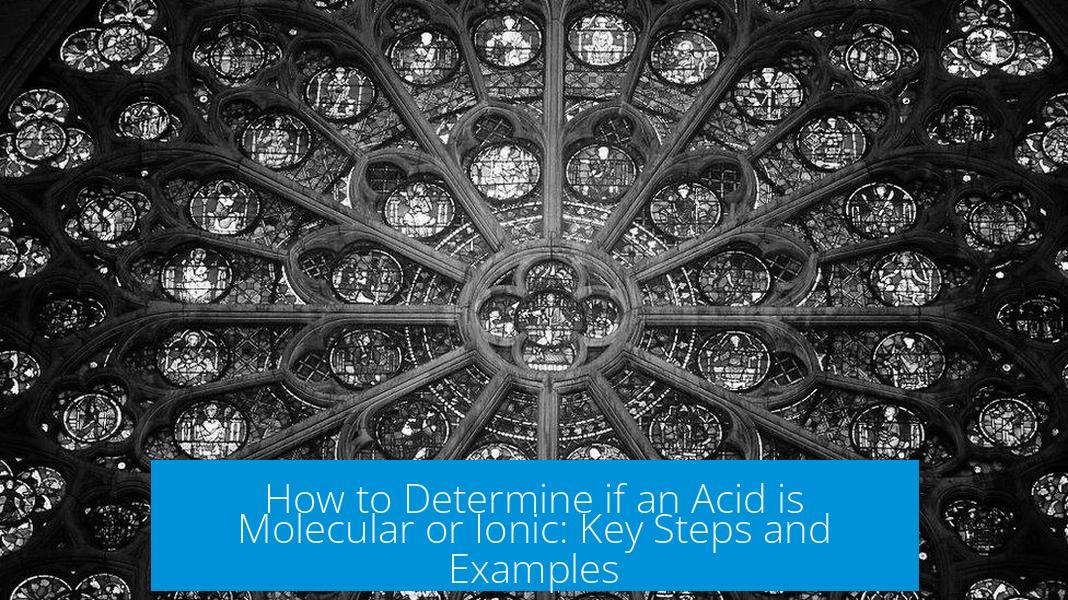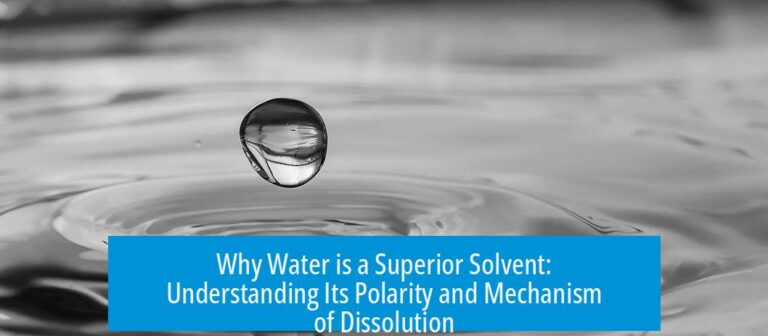How to Determine if an Acid is Molecular or Ionic

An acid is molecular if it consists of non-metal atoms bonded covalently. It is ionic if it contains metal ions or polyatomic ions bonded ionically. Identifying the nature of an acid requires examining the types of atoms involved and the bonds between them.
1. Identify the Elements Involved

Ionic compounds typically form between metals and non-metals. For example, sodium chloride (NaCl) is ionic because sodium is a metal and chloride is a non-metal. Conversely, molecular compounds form from non-metal atoms bonded together. Most common acids are molecular because they contain only non-metals like hydrogen, oxygen, and carbon.
2. Look at the Bonding Type
- Molecular bonds: Atoms share electrons, creating covalent bonds. For example, in acetic acid (CH3COOH), the bonds within the molecule are covalent.
- Ionic bonds: Formed by the attraction between positive and negative ions. In ionic acids, ions dissociate to form charged particles in solution.
3. Presence of Ions or Polyatomic Ions
If an acid contains polyatomic ions, it generally forms ionic compounds. For instance, sulfate (SO42−) or nitrate (NO3−) ions indicate ionic bonds. When acetic acid deprotonates, it creates an acetate ion (CH3COO−), but the acid itself remains molecular before dissociation.
4. Practical Example: Acetic Acid vs. Hydrochloric Acid
| Acid | Type of Bond | Nature |
|---|---|---|
| Acetic acid (CH3COOH) | Covalent (molecular bonds) | Molecular acid |
| Hydrochloric acid (HCl) | Covalent in molecule, ionizes to H+ and Cl− ions | Molecular acid that ionizes in water |
| Sulfuric acid (H2SO4) | Ionic bonds in ions (HSO4−, SO42−) | Contains ionic character |
Summary of Identification Steps
- Check if the acid contains metal atoms bonded to non-metals; likely ionic if yes.
- Examine if the compound includes polyatomic ions; presence suggests ionic bonds.
- Determine if atoms share electrons covalently; if so, the acid is molecular.
- Consider the states in solution, as some acids are molecular but ionize to form ions in water.
Key Takeaways
- Acids composed solely of non-metals linked by shared electrons are molecular.
- Acids containing metals or polyatomic ions usually form ionic bonds.
- Covalent bonds define molecular acids; ionic bonds define ionic acids.
- Many acids are molecular but generate ions when dissolved.
How can I tell if an acid is ionic or molecular by its elements?
Ionic acids usually contain a metal and a non-metal. Molecular acids consist only of non-metal atoms bonded together.
What role do ions play in identifying ionic acids?
If an acid forms ions like H+ and an anion, it suggests ionic character. For example, deprotonation of acetic acid creates ions, indicating ionic behavior in solution.
How do bonds indicate if an acid is molecular or ionic?
Molecular acids have covalent bonds, where atoms share electrons. Ionic acids contain ionic bonds, often involving polyatomic ions.
Does the presence of polyatomic ions mean the acid is ionic?
Yes. If the acid contains polyatomic ions, it forms ionic bonds and is considered ionic.
Can hydrogen in acids exist in both molecular and ionic forms?
Hydrogen can be molecular (H2) or charged (H+). In acids, the release of H+ ions is a key sign of ionic acid behavior.





Leave a Comment